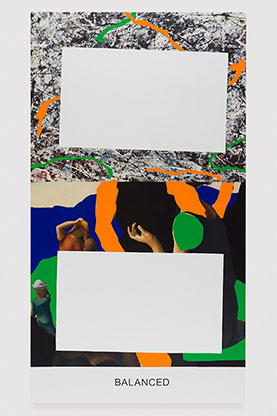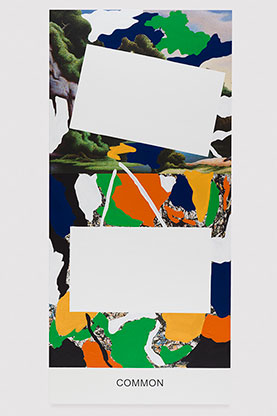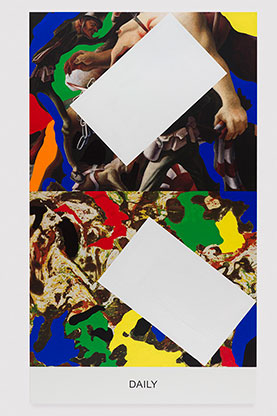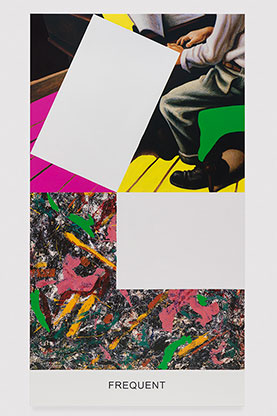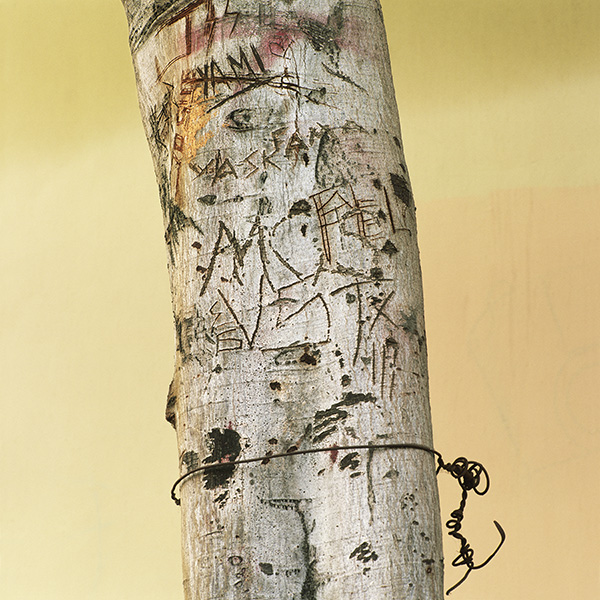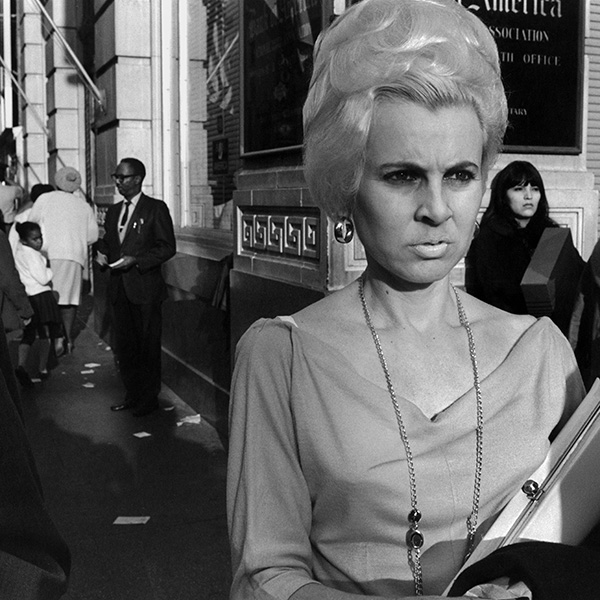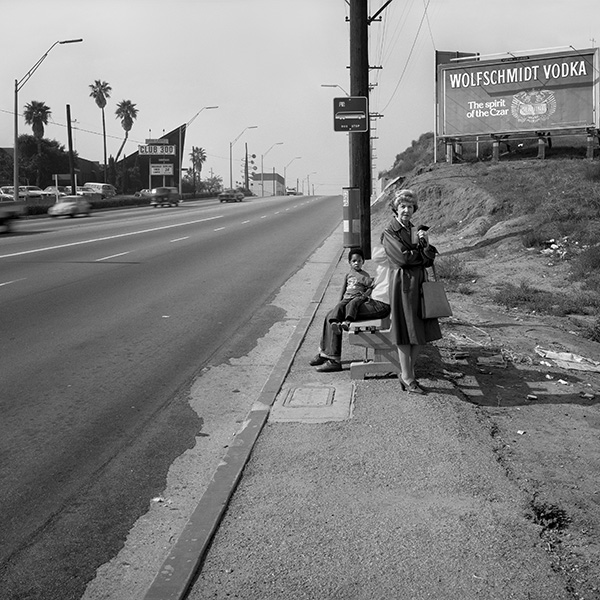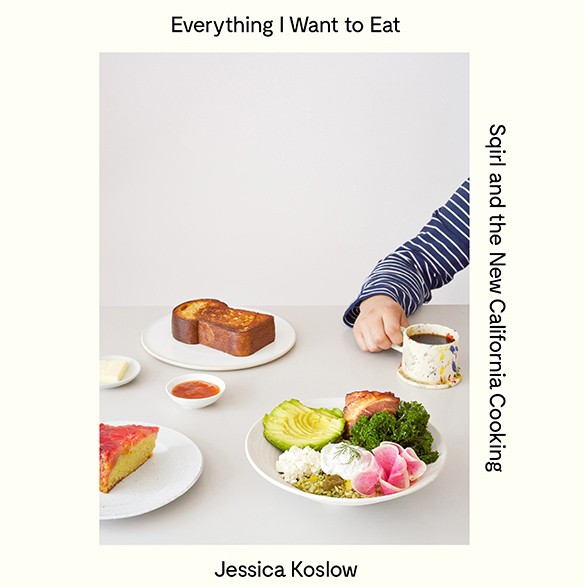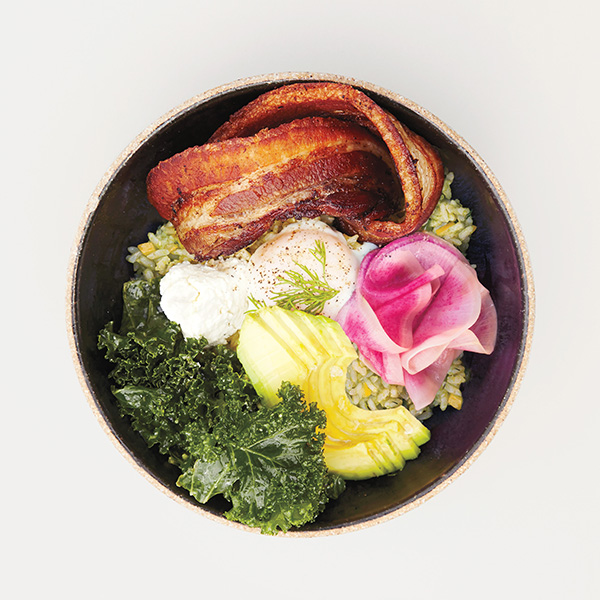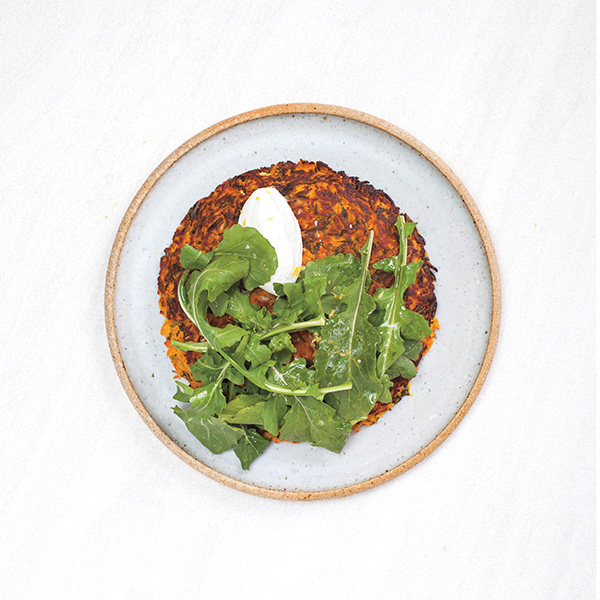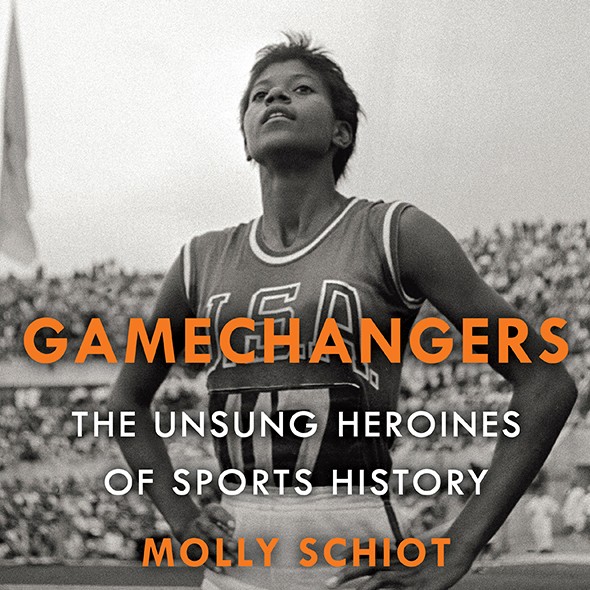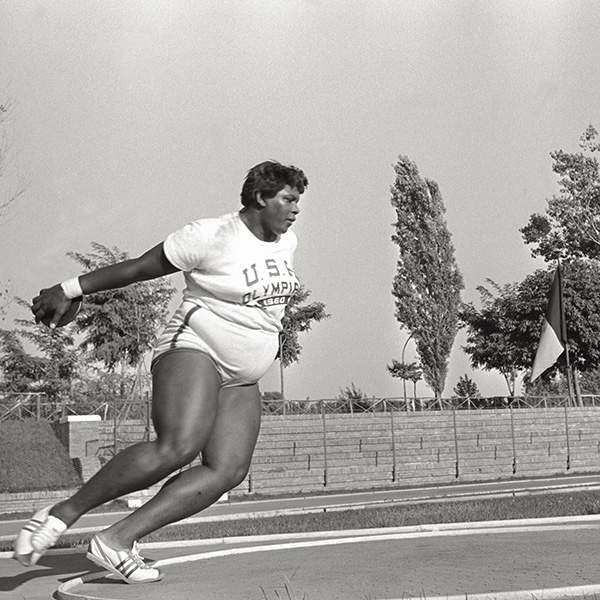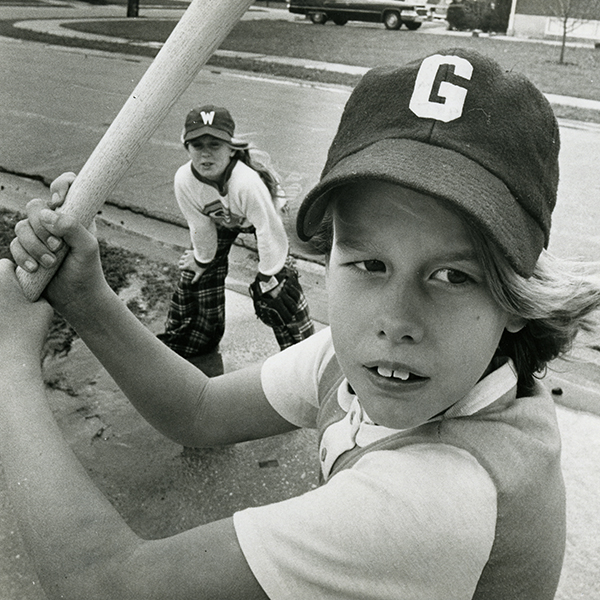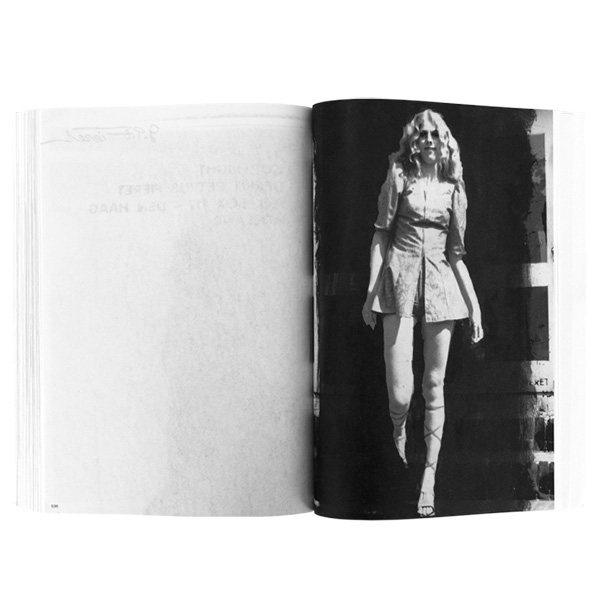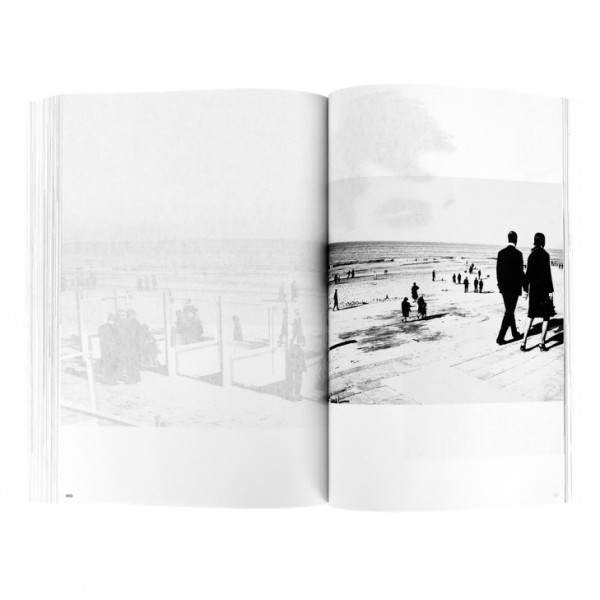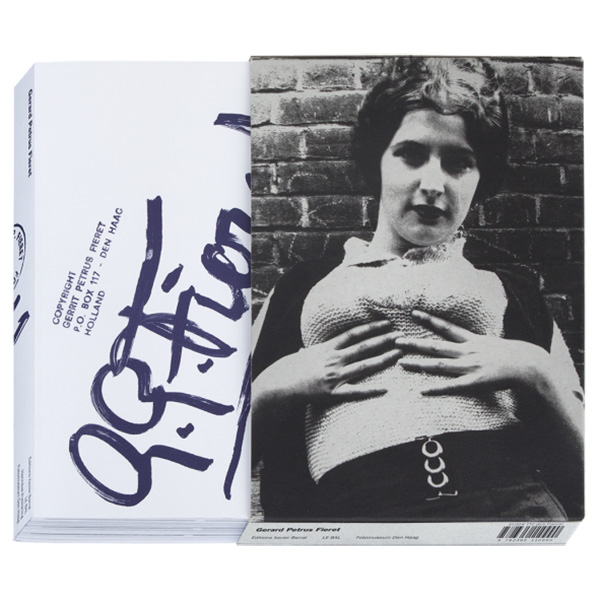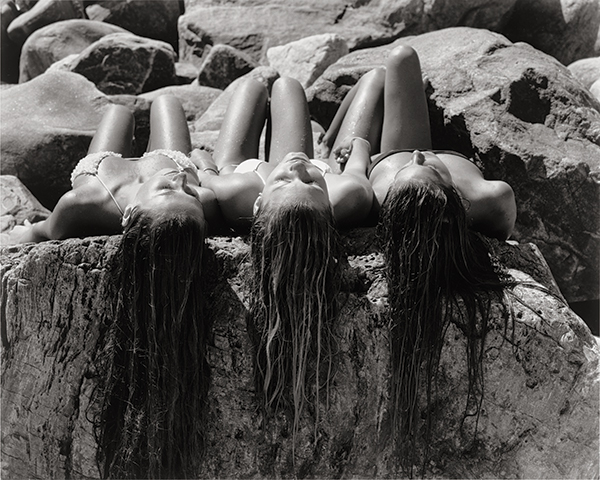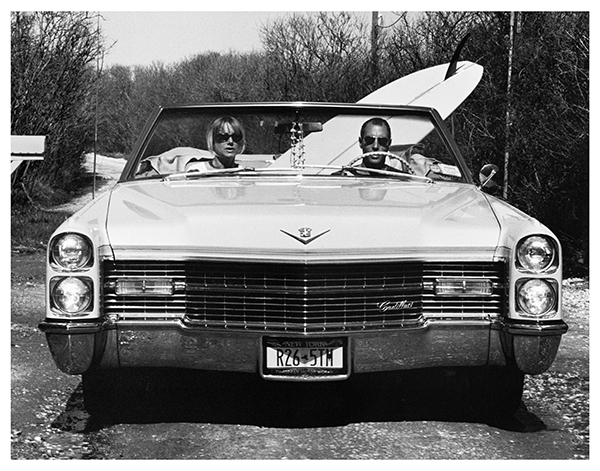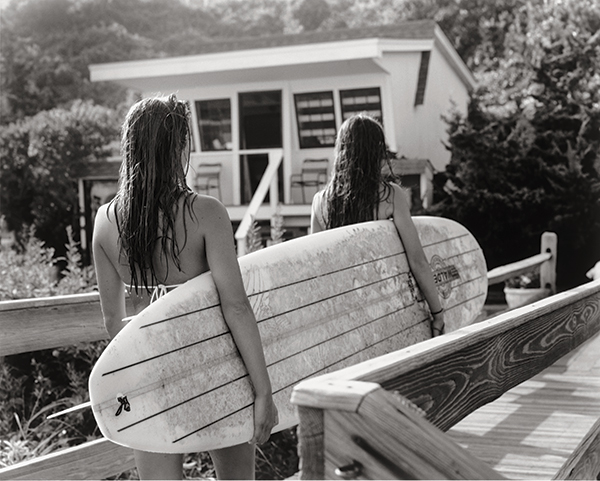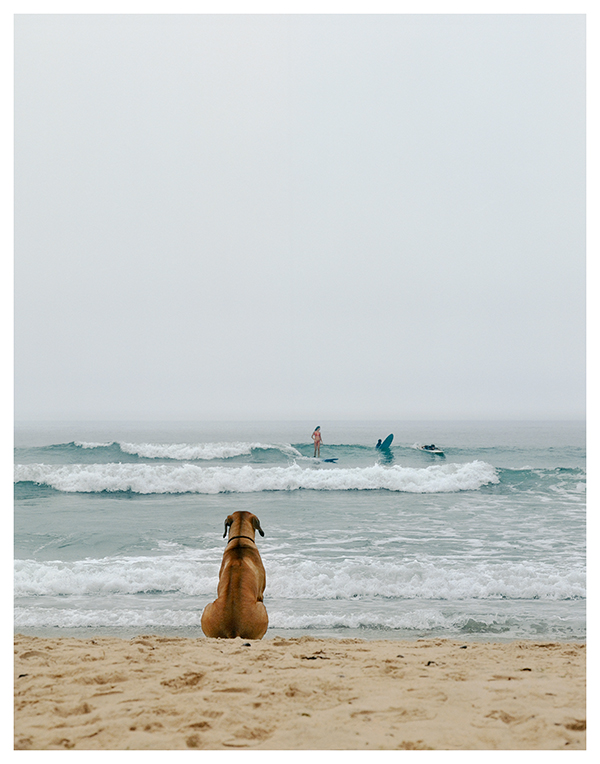LOS ANGELES IS IN THE MIDST OF A CULTURAL RENAISSANCE. AT THE EPICENTER IS THE LOS ANGELES COUNTY MUSEUM OF ART (LACMA). AT ITS EPICENTER IS MICHAEL GOVAN, WHO IS REDEFINING THE ROLE OF MUSEUM DIRECTOR, MUSEUM AND CITY SIMULTANEOUSLY…
FRED HOFFMAN: I thought I’d start by getting your reflections on your museum experience prior to Los Angeles, starting with the Guggenheim, and how you think your time at the Guggenheim has impacted you today.
MICHAEL GOVAN: I was very young, like 24 or 25. I was thrown into New York, helping Tom Krens run the Guggenheim. It seems like a long time ago. One of the highlights was working with Frank Gehry in Los Angeles on the Guggenheim Bilbao design—getting to know that great architect and getting his view on Los Angeles. In spending time with Frank, I came to appreciate his perspective on L.A. You know, the story that since there’s no downtown and it’s simply a line, it’s Wilshire Boulevard, which becomes the map of Los Angeles. A lot of things from that experience just stuck with me, never expecting to end up in L.A. The other, and probably biggest thing, was working with the Panza Collection.
FH: I was going to ask if Giuseppe Panza di Biumo, one of the first and foremost collectors of not only abstract expressionism and pop but environmental-scale works of the late ’60s and ’70s, helped shape your aesthetic vision.
MG: Working with the artists in the Panza Collection of the Guggenheim shaped my entire life, and I think that’s what drew me into the idea that maybe I wasn’t going to be an artist … that maybe I could work with artists.
FH: You’ve run with it in such a brilliant way.
MG: It was something I was interested in when I was in school, when I was an artist. I actually met Panza and some of those artists when I was still in Williams College, because we were working with Panza at Mass MoCA, where we were trying to turn that factory into a museum, which is now a museum called Mass MoCA. When Panza came, we got very involved with him. He brought Dan Flavin, and even then Dan Flavin was a hero of mine in terms of that kind of art. So even back then, before the Guggenheim, I was so lucky, and then, of course, to travel to Varese and see my first Maria Nordman, to see Bruce Nauman’s full-room installations, James Turrell’s first Skyspace, Robert Irwin’s window and corridor, Richard Serra, Carl Andre’s zinc piece and many others was just such a revelation—to go to Italy to see all these American artists that you couldn’t see anywhere in the U.S. This was such a powerful experience, and equally powerful was when we [the Guggenheim Museum] acquired the Panza Collection. You may remember the press—not all the artists were happy. Because I was the lead on the negotiation, when the going got rough all the curators threw it all back to me to resolve it. So I ended up meeting and working with each of the artists in the collection.
FH: What were the concerns of these artists?
MG: I think it was a lot of things. One was that Panza had acquired things, you know, for very little money and now he was half-selling them. It was half-gift; he was very generous, but he was half-selling them to the Guggenheim. The artists weren’t benefiting in any way and Panza had never been very wealthy. He had been generous to bring the artists to install the work but he was not a wealthy man. Panza was not really equipped to deal with the complexity of these artists. Some of the artists were upset. Donald Judd and Dan Flavin were particularly upset. When I stepped in the middle of it, the idea was to make peace and that was hard, especially with Judd. But there was nothing more exciting than working with those artists.
FH: I can only imagine.
MG: Judd was aggressively negative, and the only reason I got to go to Marfa was because Judd was so mad at the Guggenheim and someone called Judd and said, “Look, this guy is too young to have done too much wrong yet. You’ve got to meet with him.” And he’s like, “He can come down here, but I won’t meet with him.” And, of course, Judd not only met with me but he told me his life story. He showed me what it meant to make art outside of the context of an urban institution and why that was important. Equally, Dan Flavin became one of my closest artist friends. There are probably 20 relationships that came out of that moment. The thing is, I learned quickly that the reputation artists sometimes have for being difficult almost always has nothing to do with them wanting to be difficult; it has to do with principle. It wasn’t Judd being difficult for the hell of it; he had a specific set of ethical and artistic principles that he believed in—ideas and concerns that are really inherent in art. Understanding this completely changed my mind, my understanding of what lies behind the work of a great artist. Today we live in an era when market conditions often get ahead, and artists are sometimes difficult for the wrong reasons. Or in a way, not difficult enough. They’re sometimes too flexible, and when they aren’t it’s not necessarily about art, it’s about something else.
FH: Shifting gears, what were your expectations at the time you accepted the job as director of the Los Angeles County Museum of Art?
MG: Very specifically I had the sort of global experience at the Guggenheim of a big museum, which from a budget and management standpoint was about as big as LACMA. So I had the management experience. I left that to go to Dia in order to be closer to artists. Because of that experience I had the opportunity of working closely with some of the greatest artists of our time. Between the big-city experience where you have that general public coming in and the Dia:Beacon experience where you can transform a small town and create an experience which is sort of, I don’t know, life-changing, somehow L.A. seemed to have the potential to mix both, and clearly it was the most exciting, multicultural urban audience.
FH: An untapped audience?
MG: Yes, it wasn’t that tapped. The tendency was very small, and then on the flip side, because of the amount of land and because of the, I mean, honestly, the indoor-outdoor experience—the weather and that so many artists from L.A. had that environmental sense, that three-dimensional sense—for me, it was a city architecture. I thought, “Oh, you can create something that is super public and sublime.” You know, like you could do both here in L.A. It was also the idea that maybe we should recalibrate these interests in contemporary art world that I was so familiar with back to a more historical base—that maybe that comparison would make it more relevant. The other thing is, you quickly saw in the early 2000s that the contemporary art-world was globalizing so fast. You couldn’t just hang out with New York artists and expect to be in the center of the art world. Art was being made everywhere, and so, in order to understand that, you had to understand the cultural identities, the histories of many other cultures. The idea of an encyclopedic museum that was sort of fresh and young—this museum is only 50 years old—seemed to present such opportunities. And this museum was into contemporary art from the day it was born, right? When I arrived I was interested in the idea of an encyclopedic art museum with a contemporary perspective. I thought somehow the world needed one of those.
FH: Do you think of yourself as sort of unique in this regard?
MG: For me it was very much about globalism—about the art of the past and how it related to the art of the present. I remember this being very controversial in certain circles. Like, “Why would you have a person who is a contemporary art person running an encyclopedic museum?” Of course, now it looks like a no-brainer because many of the people who have been named to these top posts have their expertise in contemporary art, including the directors of the Brooklyn Museum, the Boston Museum of Fine Art and the Art Institute of Chicago. It’s now become a bit of a trend. I think that’s obvious and for many reasons, including that most of the jobs and most of the growth and energy in art museums in the last 20 years has been in the modern and contemporary field. And the audience is growing strongly. But it won’t always be that way.
FH: When did you first hear about Chris Burden’s streetlights?
MG: I started talking about public sculpture on the campus and Stephanie Barron [senior curator] came up to me and said, “You really have to go up and see what Chris is doing.”
FH: When you first saw these objects, did you have any idea that they could have such an important function on your campus and create such a profound identity for the museum?
MG: Well, no and yes. When I came to the museum, I knew for sure that I wanted a campus that was marked by art. Nothing against architecture—I love architecture, but I wanted the image of the museum in the guidebooks not to be a building but art. Especially since our buildings are so ugly! It was painful to see that the guidebook showed the entry with the giant limestone wall and you couldn’t see any art. So I knew. Somehow it was obvious. I didn’t know what form it would take, and the story is that it was almost like a dream. I went to Andy Gordon, who was not the chairman of the board and was not even a really big art collector, and said, “This will change the museum in Los Angeles. You have to do it.”
FH: But did you have a sense that Urban Light would become such an icon?
MG: Icons aren’t given. Things aren’t an icon, a priority. The public makes icons; you put things out and you hope that it’s owned, right? Like, when you do things like 202 street lamps or a 350-ton rock [Michael Heizer’s Levitated Mass], you’re pretty sure that people are gonna have an opinion. It’s not gonna be lukewarm or not noticed. So, yes, it was put out there with the hope that it would be the equivalent of, have an effect like that of the Guggenheim Bilbao, where architecture ignited a city. What I didn’t get for sure was how the sculpture was supposed to be engaged by the public. Originally the security fence was supposed to be out front to protect the sculpture, but I said, “No, no, no, they’re street lamps. They can’t be behind a security fence.” So we pulled the security fence back because Chris said they were going to be lit all night long, and I said, “OK, the art’s open all night long. That’s the deal.” So I think there was a tremendous hope that the public would grab them.
FH: It was a declaration to the public to take advantage of this opportunity.
MG: Yes, and it was given by the artist in that sense. The first thing you read when you come to LACMA, if you pay attention, is the artist’s statement on the plaque declaring that a great city is beautiful to behold and safe after dark—a kind of civic ethical statement.
FH: Michael, how does the museum keep progressing on the track you have created over the last 10 years? I am especially interested in how you keep going in terms of the identity of this museum with the world of contemporary art. Your projects with Burden, Heizer and Irwin are a clear declaration of the museum’s strong, fully engaged, ongoing commitment to contemporary art. How will you demonstrate that commitment during the upcoming eight years when you will have limited exhibition space and significant disruption to the campus during the removal of four of your buildings and the construction of your new Peter Zumthor campus?
MG: What we’re trying to do is what has been done over centuries in building cities and working with living artists to help define those cities. Somehow culture got derailed in museums. You know, during the largest percentage of time in the history of art, civilizations worked with living artists to make things and mark their places and their points of view. Then we got into this weird era in the 19th century or early 20th century when you mostly collected things of other eras—dead artists—and assembled them in things like a box, right? So we’re really just trying to go back to that place in time by working with the artists of our time, rather than trying to decorate with the plunder of other eras. So it’s hand in hand of the old and the new. Obviously, once you’ve done that a lot on one site, you’re gonna run out of room at some point.
There are many questions. One is what would we do when we’re closed? When we’re closed, we will still be open because we will have 100,000 square feet of exhibition space and we’ll have the campus that we’ve made, so those things that you see—Barbara Kruger, Chris Burden, Robert Irwin, Mike Heizer—all those things will be present. The one thing we’re doing is commissioning a work of architecture that I think will be very extraordinary. We will also replace and re-site things like the Tony Smith installation very significantly. We have things like the Calder sculpture, commissioned when LACMA was born in ’65, which will be more prominently sited because right now it’s a little bit hidden. And then, of course, we have other works bubbling. We will continue our now established tradition of engaging artists to be part of our program, not just to show their work but working with our exhibitions and our curators. I don’t think we’re public about that yet, but we’re working on two right now. So that’s a way of engaging with an artist.
I would like to throw out another aspect of the museum’s future. In the old model of the museum you simply added wings, like barnacles, when you had more art. But really, if you think about it, the era of collecting ancient and older objects is almost closed. There aren’t a lot of old objects and a lot of them are already in museums. They are very expensive and they’re few and far between. The collecting energies, as you have pointed out, are really a question of the present. If you think about the next 50 to 100 years, the greatest growth of any museum will be art of that time, whatever the now is going forward. I’ve started to propose to the trustees and the staff that maybe the growth model isn’t all on this site. We live in a horizontal city. There are many, many cities within it, with neighborhood spaces that are underutilized and communities that are very hungry.
FH: That’s exciting to hear.
MG: As we keep working with artists and consider the character of this place and the time from 1965 when the place was born with the Calder sculpture to, say, the 2030s, when some of the last works will be placed here—100 years maybe on this campus—there will always be programming, but the possibility to extend out to other communities in L.A. is huge. That’s in my head. I won’t be around for all of it, but if I could lay the administrative mechanism to maintain and care for this vision—and this includes even owning houses—then you could grow LACMA out like, you know, like the pearls on a necklace around Los Angeles County of places and spaces.
The cool thing is that when the public comes to this place in 10 years, not only will they see an incredible, accessible, safe and fantastic facility for the collections, but the movie museum will be open—it will be art and film. By the way, there’s automobiles too, and with the subway stop right here this piece of Los Angeles will be one of the great cultural parks of the world. It’s a huge offering, and in this sense, you won’t have this kind of cluster anywhere else. A number of museums have been copying what we’re doing in some sense, but that’s difficult to copy. Nobody’s gonna build a movie museum and an art museum and alter a public space on this level and as easily. In that sense, we are creating a unique identity here in Los Angeles.
FH: Absolutely, and it took a unique person to put those pieces together.
MG: Yeah, the seeds are all here.
FH: Well, they weren’t mined before.
MG: I’m really looking forward to the next decade. The last decade has gone into laying the groundwork—the hard work behind the scenes, the collective of building the board, of building these relationships with art and film and all of that. You know, in a decade this will be a completely transformed place. In 2018, these buildings will disappear and all will be replaced by ambitious architecture and ideas—it’s incredible. L.A. is probably the only city, certainly in the U.S., that will look so completely different in the next 10 to 20 years. So it’s kind of a thrilling thing to be here.
FH: Michael, thank you for sharing your thoughts and vision with me.
—
RETURN TO THE HOME PAGE
VISIT CITIZENSOFHUMANITY.COM


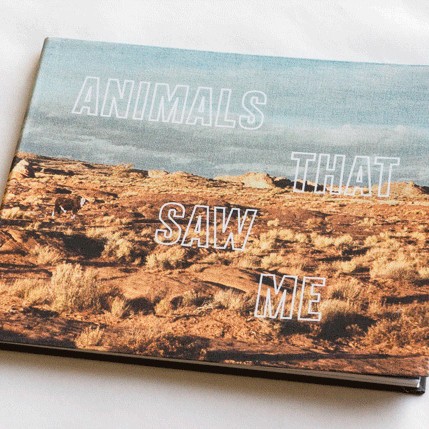
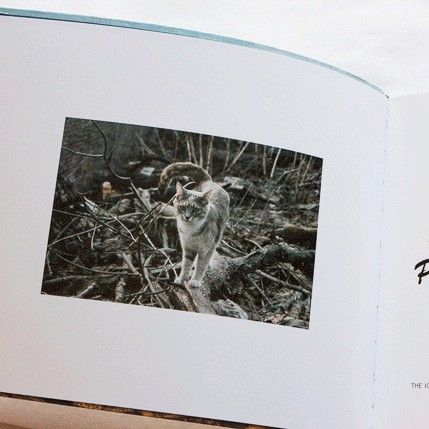
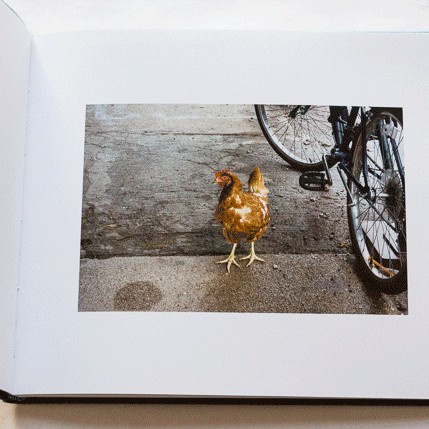

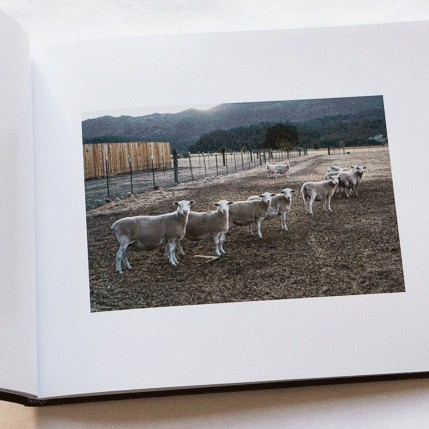


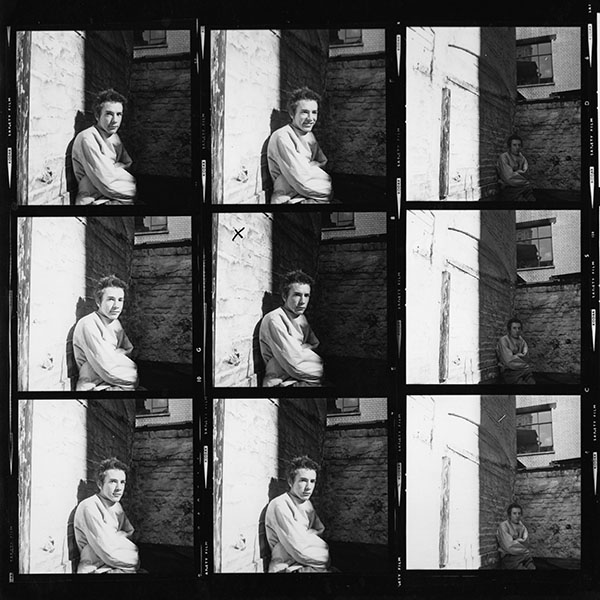
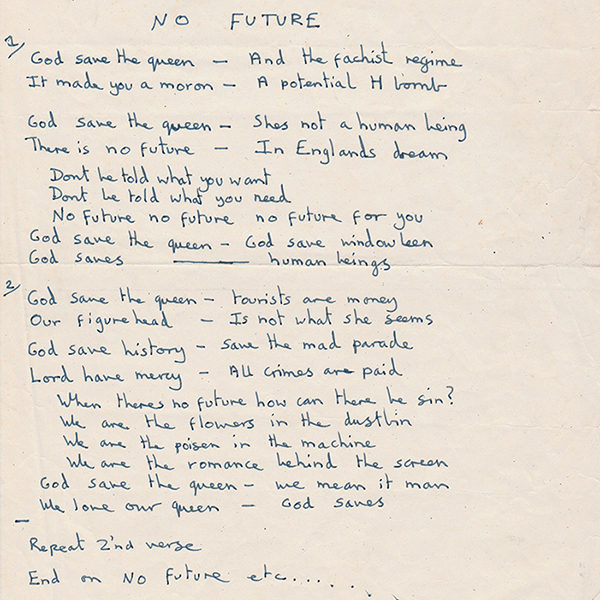
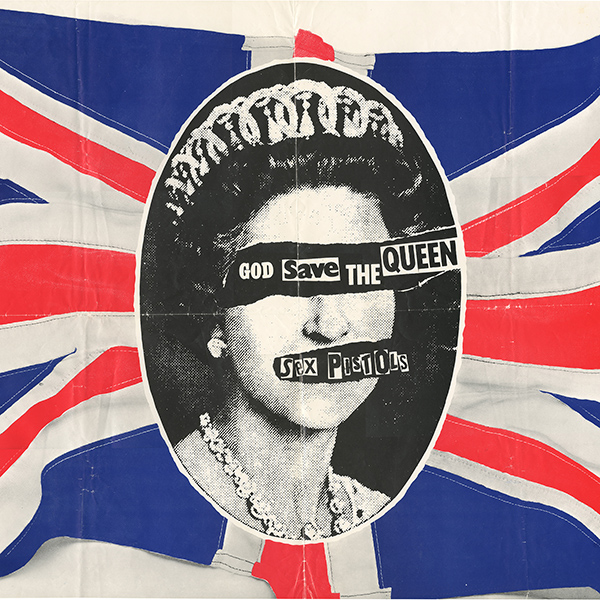
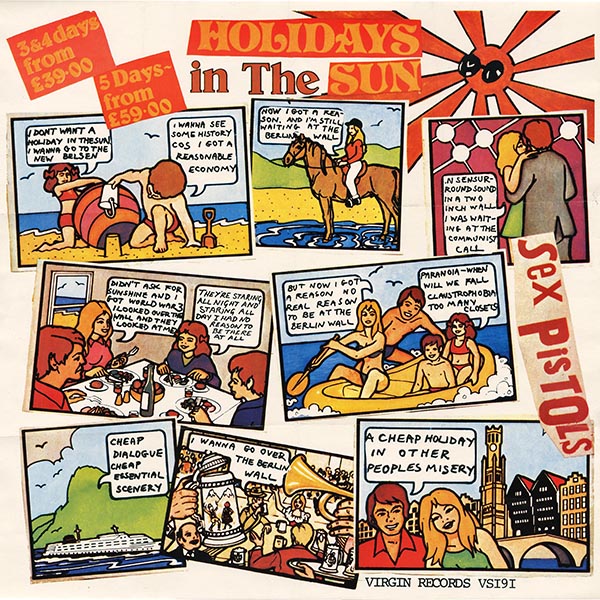

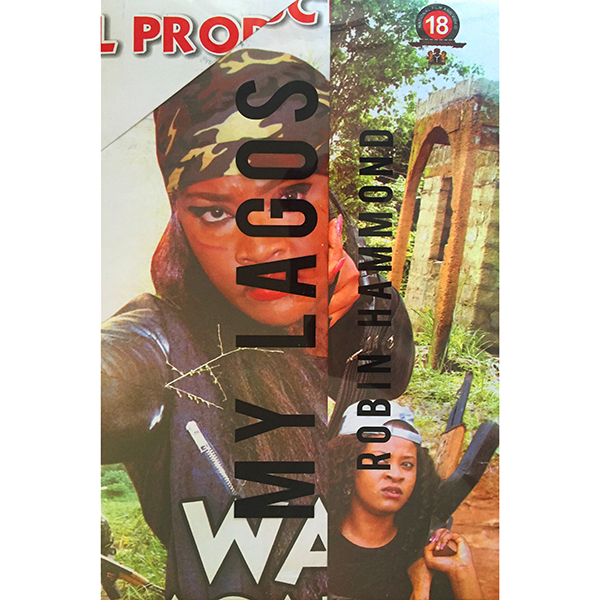
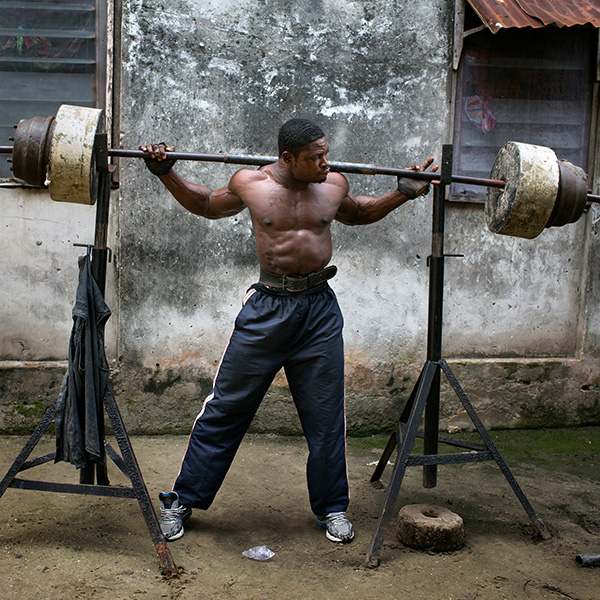
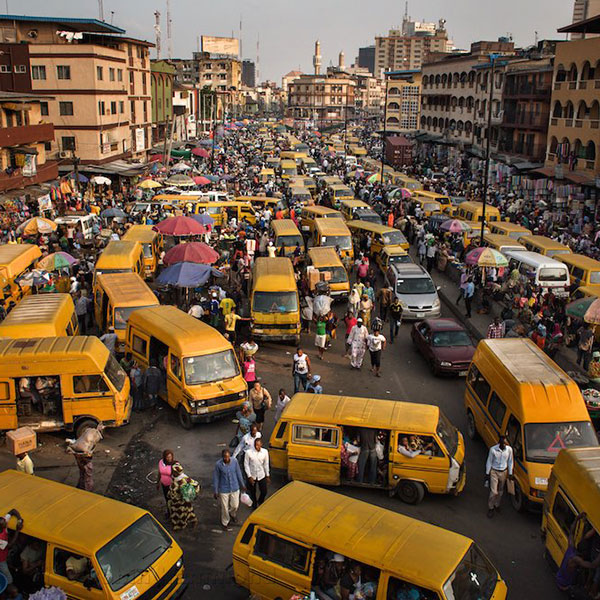

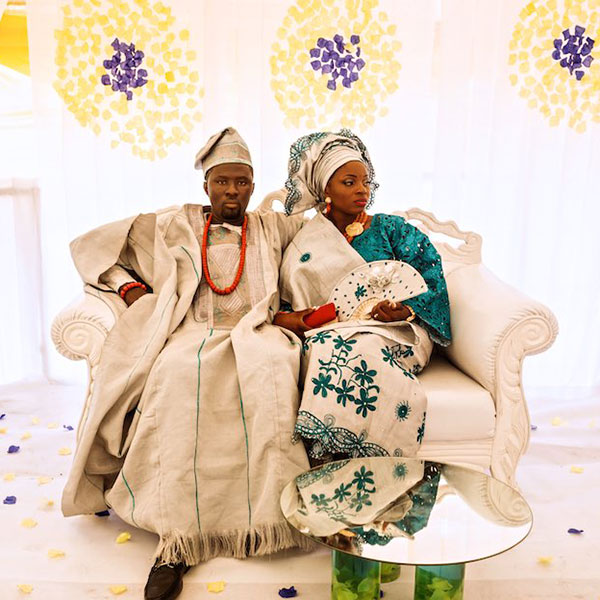



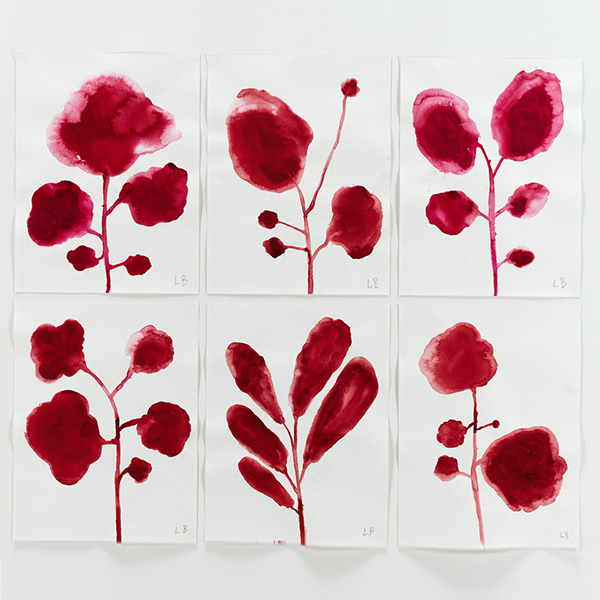


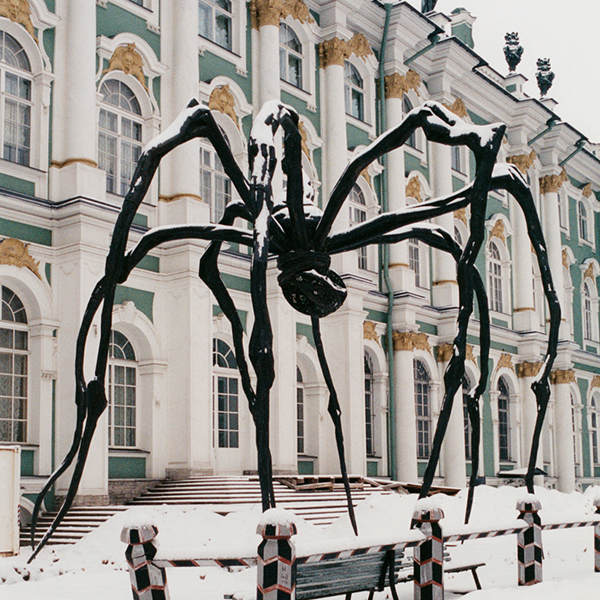



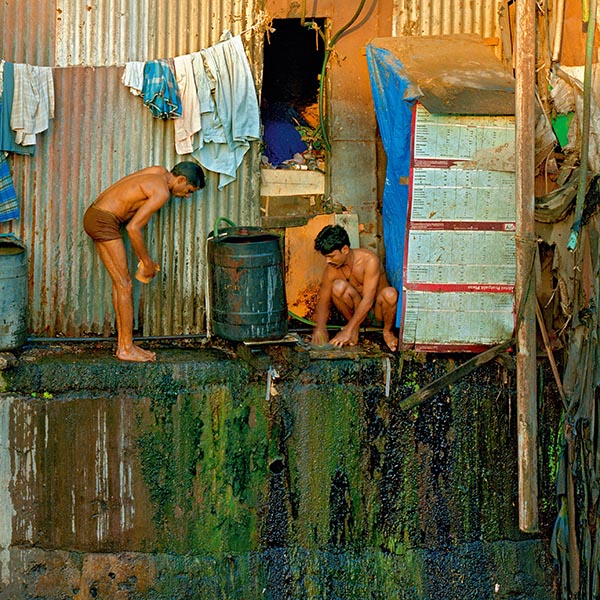
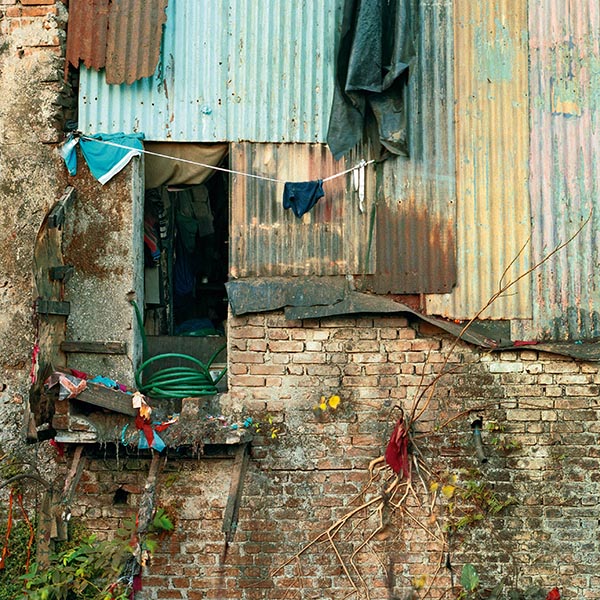

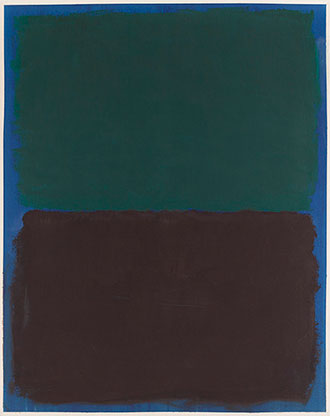
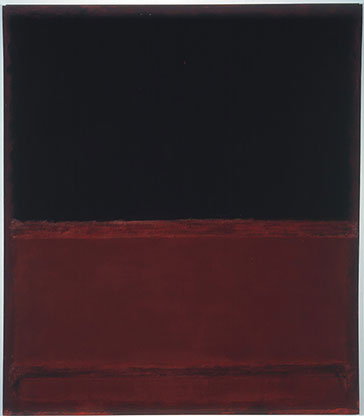
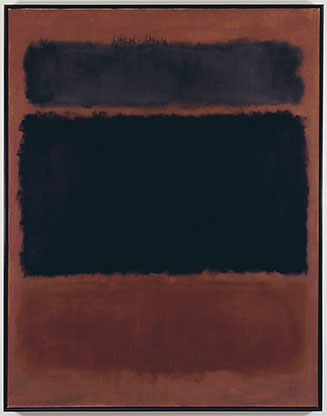
![Mark Rothko Mural, Section 6 {Untitled} [Seagram Mural], 1959 No. 19018 Alt # Estate No. 6009.59; CR# 662 Format of original photography: high res tiff](https://mag.citizensofhumanity.com/wp-content/uploads/2016/11/Pace-Rothko-5.jpg)
